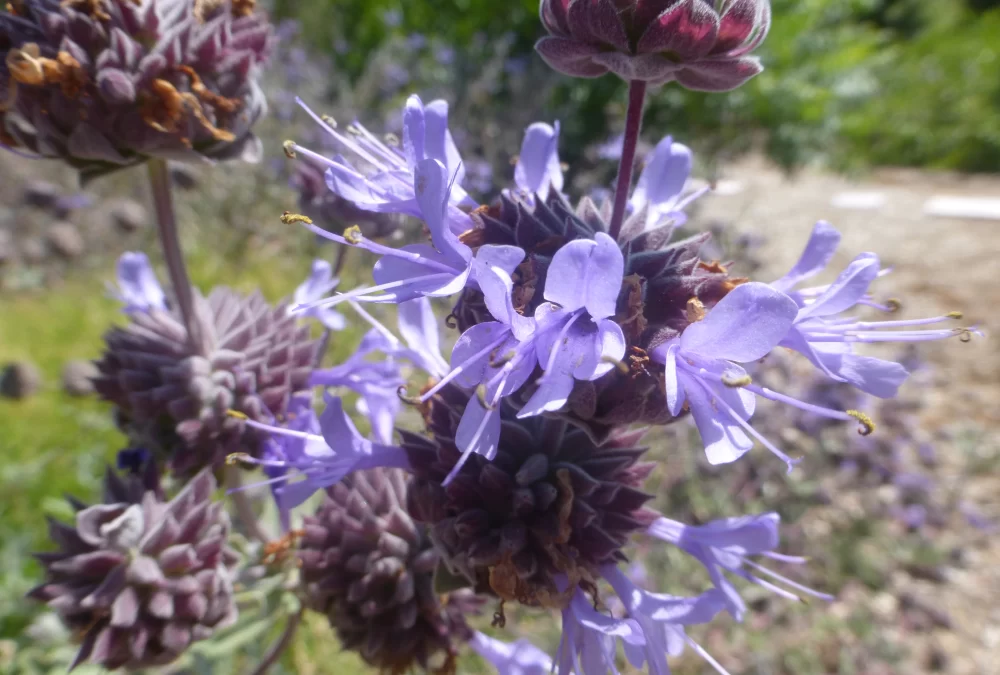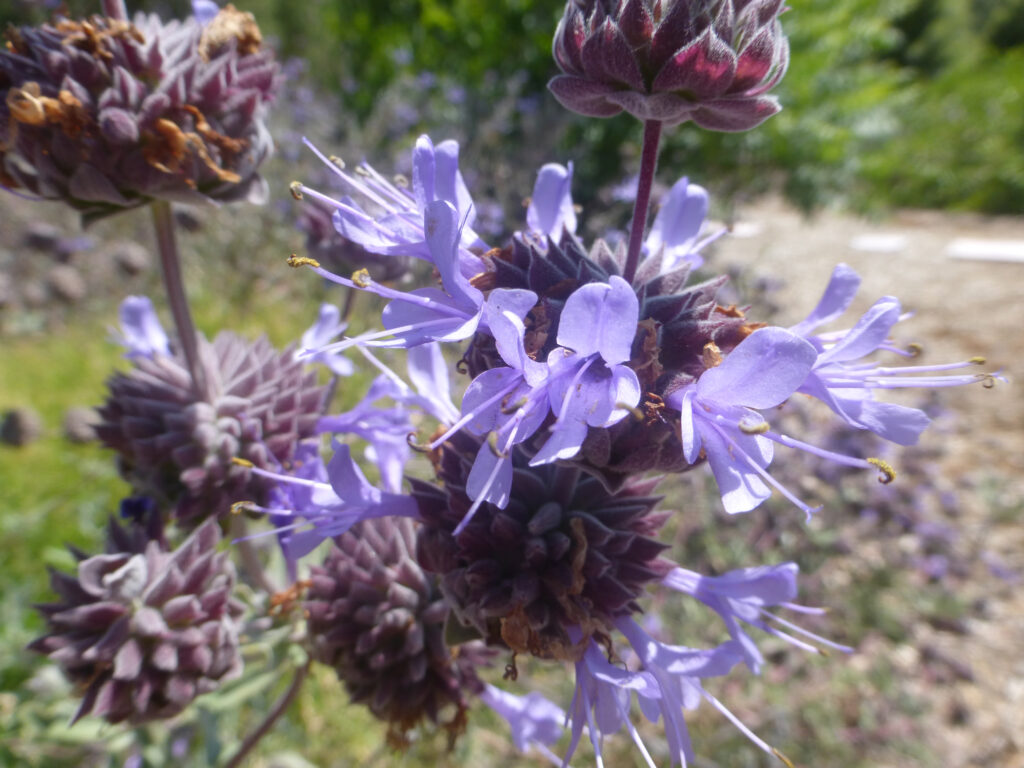
The season for annual garden flowers and summer vegetables is winding down, but the time to plant native shrubs and wildflowers is just beginning.
Many natives are dormant in summer, reviving only after the first rains of the winter. Planting native plants at the start of the rainy season reduces the amount of irrigation needed to establish healthy growth. Waiting until after the first rains also makes it easier to dig holes for new plantings and uproot weeds.
Native plants can attract birds, butterflies and other native pollinators. They offer a rich variety of colors, textures and scents, and many are surprisingly adaptable, happy to coexist with other plants in the garden, fill a disused corner, or even thrive in pots on a patio or windowsill.
The secret to success with native plants is selecting the right plants for the local microclimate, knowing in advance how large the plants will grow, and how long they live. Hummingbird sage is happy to live in a pot in a shady corner on a deck or patio, while toyon can grow into a small tree and needs space to spread out.
The California Native Plant Society suggests incorporating swales or dry creek beds to retain rain runoff in the garden, using permeable surfaces wherever possible to allow water to infiltrate into the soil below, and directing water from downspouts and impermeable surfaces, such as concrete walkways or driveways, into those swales, or other permeable area to help keep water on site and benefit to plants.
Planting truly local species in the garden may help reestablish a location-specific biome of plants, wildlife, insects, and even soil organisms, and ties in with the idea of planting for success: local wild species are already adapted to the climate and have a better chance of thriving than native plants from other parts of the county.
Local gardeners have a lot of options for a colorful, fragrant, site-specific native plant garden.
California fuchsia is one of the easiest native plants to spot in the wild this time of year. It’s brilliant red flowers catch the eye along Topanga Canyon Blvd. but are equally at home in the backyard as they are on a hillside. California fuchsias aren’t always easy to find at the nursery but cuttings can be rooted in ordinary potting soil. The soft gray foliage transforms in late summer and early fall into a blaze of brilliant flowers that are a favorite with hummingbirds.
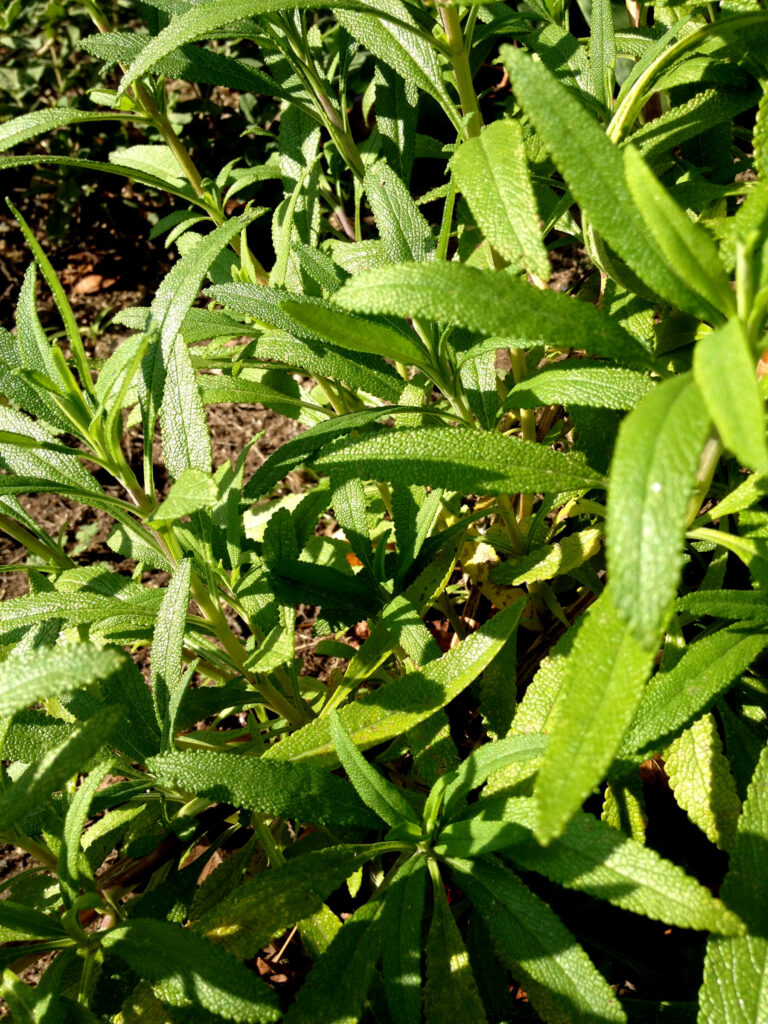
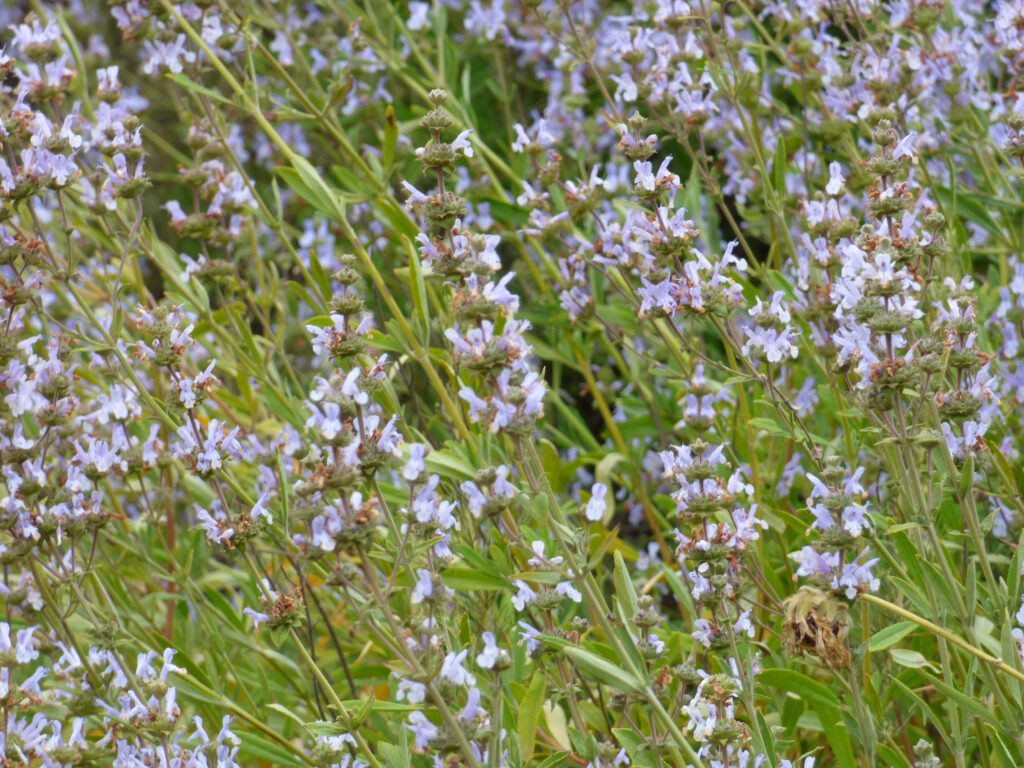
Black and purple sages grow on hillsides all over the Santa Monica Mountains. They are also easy to grow from cuttings and add fragrance as well as attractive foliage to the garden.
White sage, a sacred plant for the Chumash and Tongva peoples, is hard to start from cuttings but grows readily from seed in a sunny garden. It is one native that is often available at local nurseries.
California sagebrush, the plant that gives coastal sage scrub its name, belongs to the artemisia family and is not a true sage, but together with its cousin mugwort, it is easy to grow from cuttings and thrives in garden settings.
Add some California buckwheat for a miniature wilderness almost guaranteed to attract butterflies and bees. Its cream and dusty rose-colored flower clusters followed by rusty seeds are the dominant colors of the local hillsides in September. All of the local species will grow readily from seeds or cuttings.
Other natives that are easy to grow from cuttings include penstemon, goldenbush, and wooly blue curls—another member of the sage family.
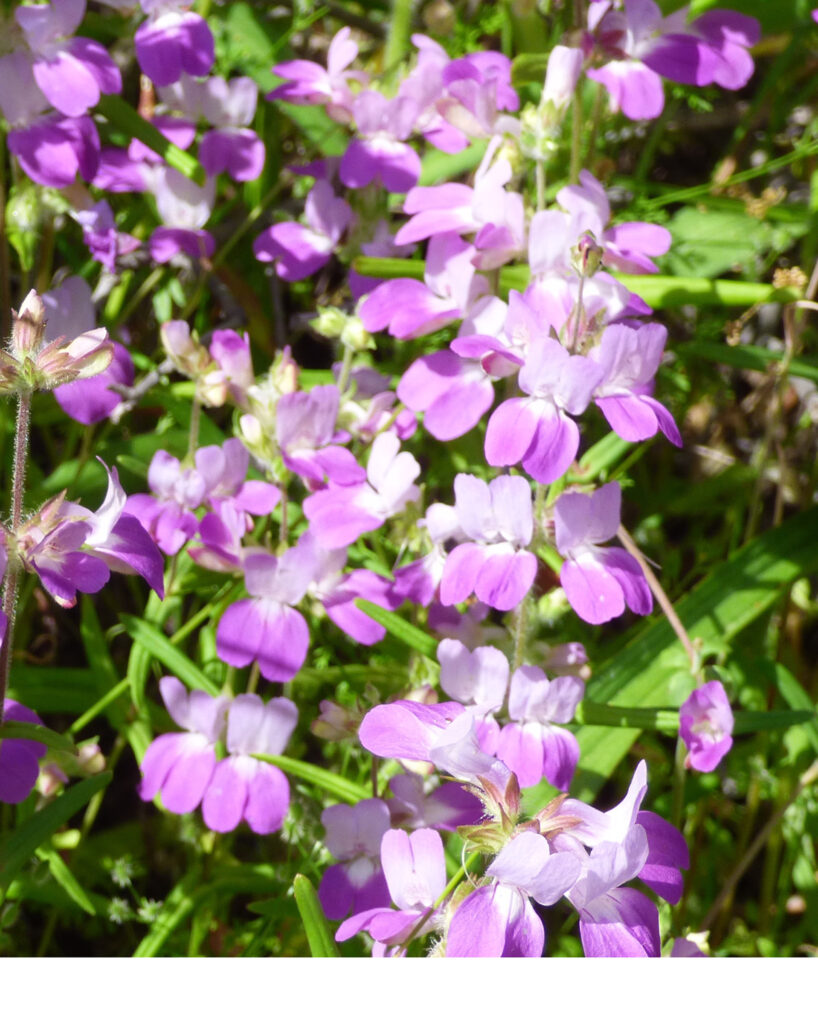
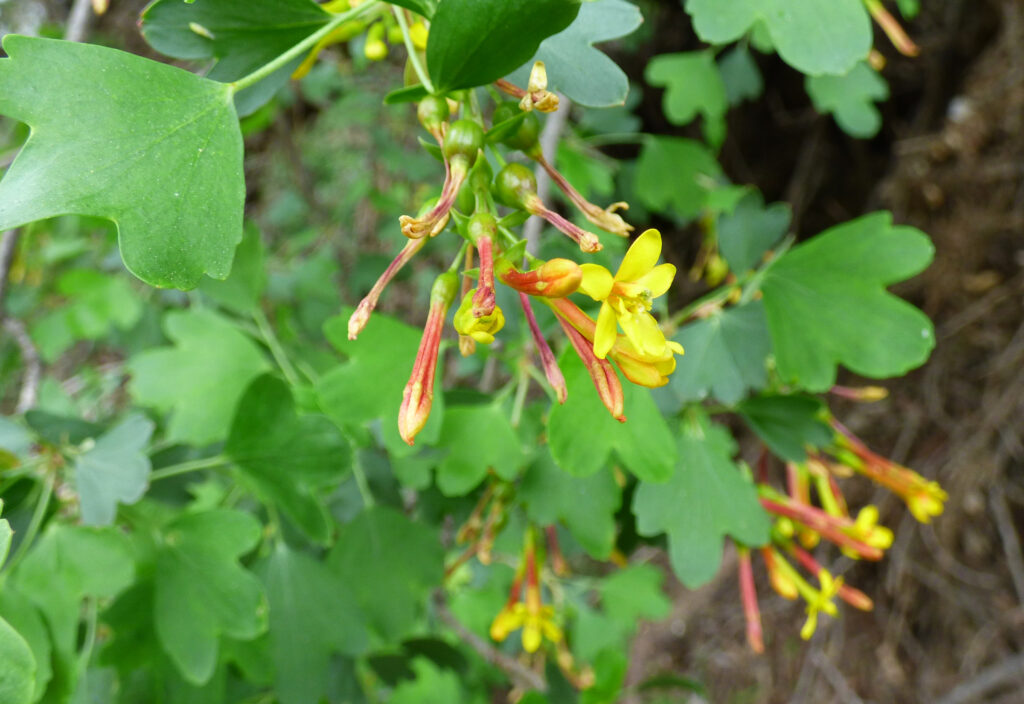
Many shrubs and even trees will also grow from cuttings, including toyon, fuchsia flowering gooseberry (be careful, this one is prickly!) and golden currant. The currant will root in a glass of water on the kitchen windowsill, as will ceanothus and coffeeberry.
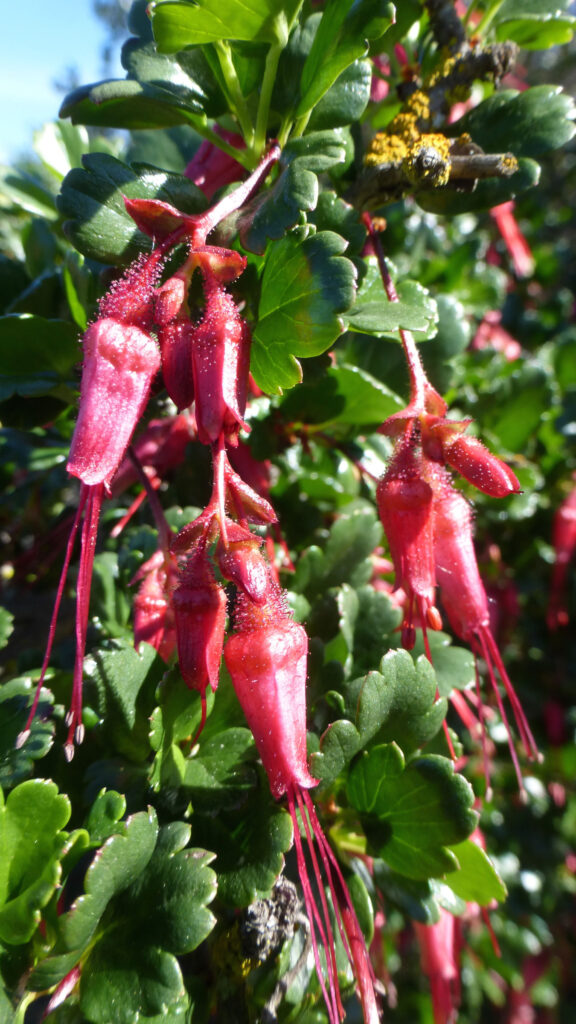
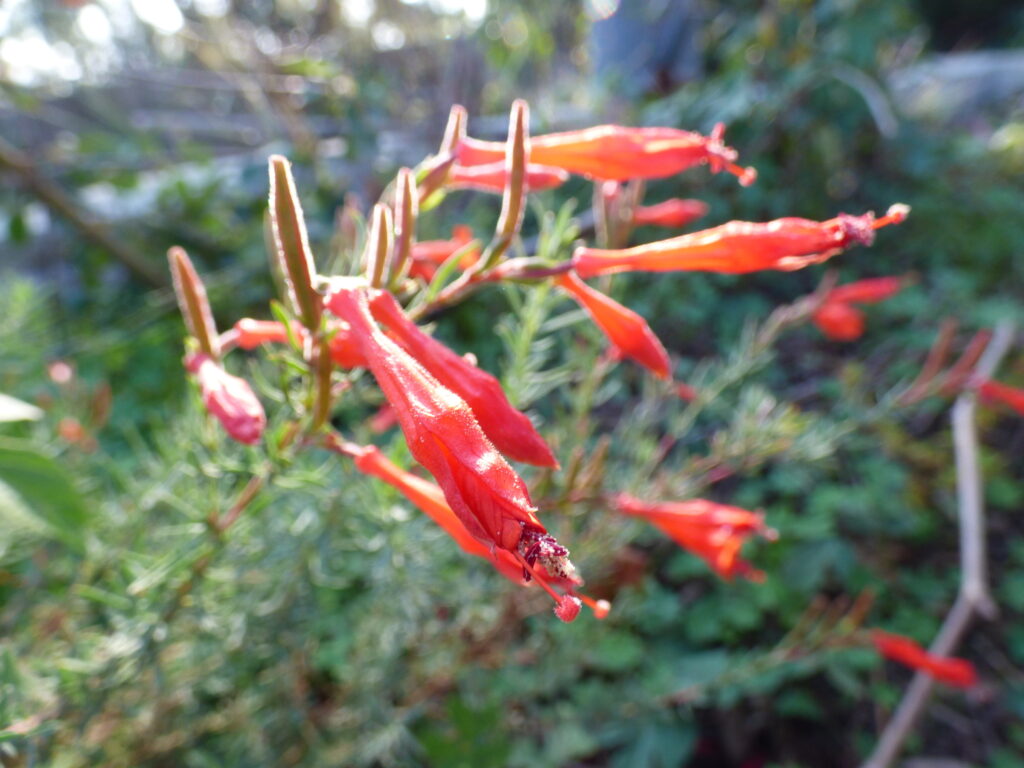
The key to successfully growing a cutting is making sure the soil remains consistently moist. It’s illegal to take cuttings on park property, but friends and neighbors with native plants are often willing to share, and propagating plants from existing backyard populations can help keep local genetic variations from vanishing.
The Las Pilitas Nursery, which has specialized in native plants for years, cautions that all new plantings require regular water. “You have to water once a week or so to a depth of at least a foot, preferably 18 inches, and then let the top half inch dry between waterings,” the website cautions. “If we have another year like 2013, you have to water the newer plantings once a week all year.”
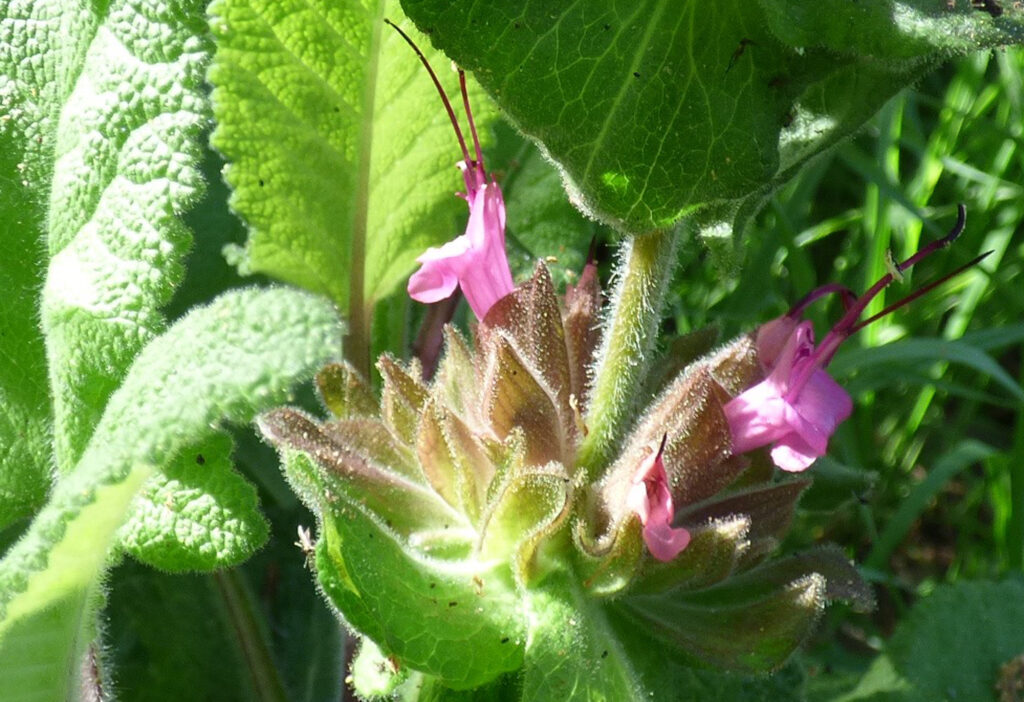
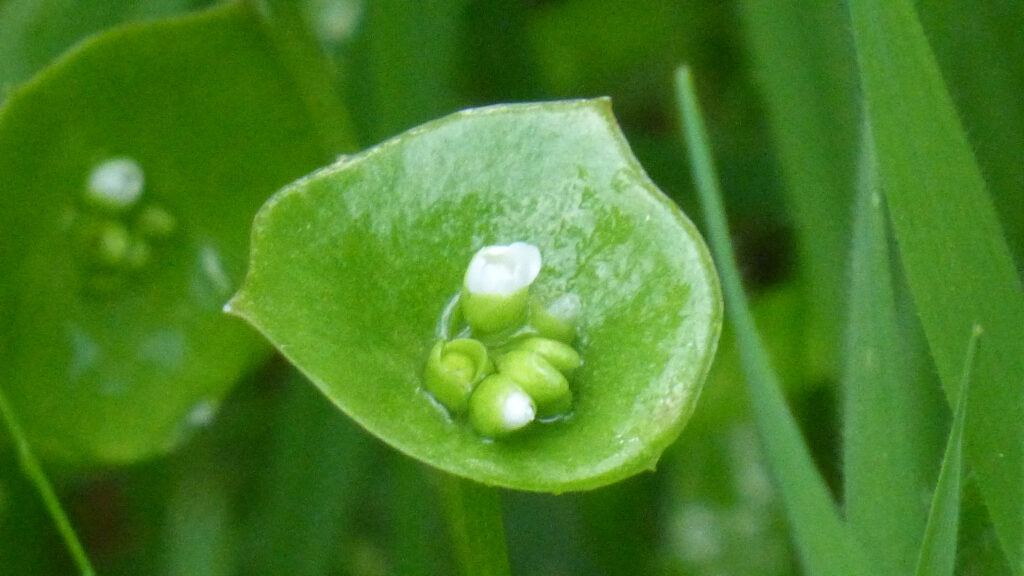
Late autumn/early winter is also the best time to sow wildflower seeds. Poppies, clarkia, gilia, phacelia, lupine, and native sunflowers all grow well from seeds. Specialty seed suppliers offer some hard-to-find treasures like miner’s lettuce—edible, beautiful and shade tolerant—and Chinese houses, a shade-tolerant flower loved by native bees.
Watch out for wildflower mixes that may have undesirables in the mix, like the invasive and hard to get rid of Mexican evening primrose.
Some perennials can also be started from seed, including western columbine and narrow-leaf milkweed, the native host for the monarch butterfly. Black walnut trees, California bay trees, and oaks will all grow from seed as well. Just make sure to give them plenty of room. All three put down a long taproot before starting to produce leaves. If that root grows out the bottom of the pot and into the ground it will be almost impossible to move the plant without causing damage.
Doing some research and taking a look at which plants already grow and thrive in the area before planting can help prevent disappointment. Not everything is suited to the Santa Monica Mountains unique set of microclimates.
Gardeners with limited space or those just starting to explore native plant gardening can start small, planting a handful of wildflower seeds or a sage plant in a pot on the patio, or sowing miner’s lettuce in a shady corner of the garden.
Gardening with native plants is always an adventure. One that can reward the gardener with unexpected joys like the scent of black sage after a rain, or the musical drone of hummingbirds among the fuchsia flowers.
To help protect bees and other key pollinators, always check to make sure the supplier does not use pesticides on their plants.
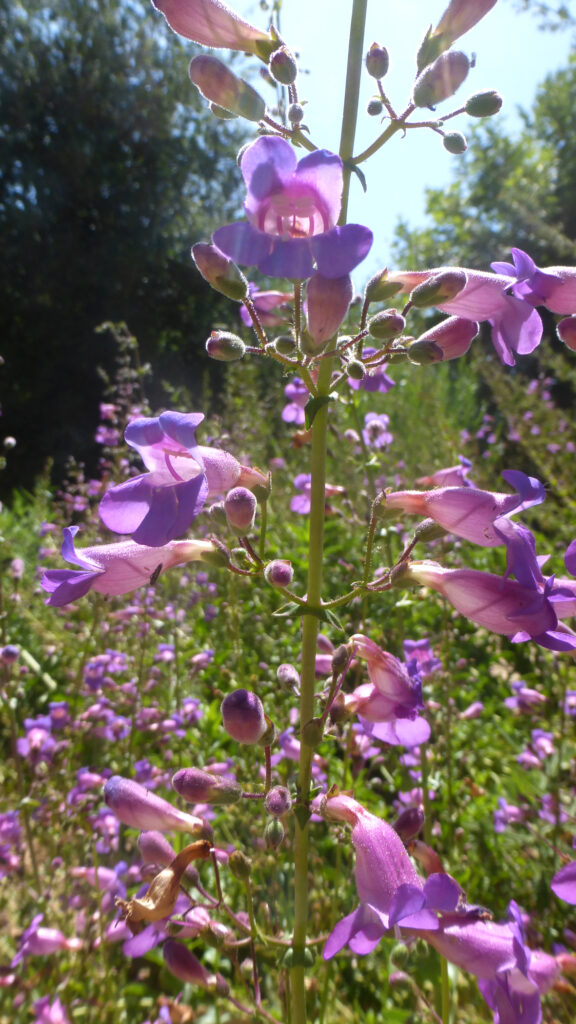
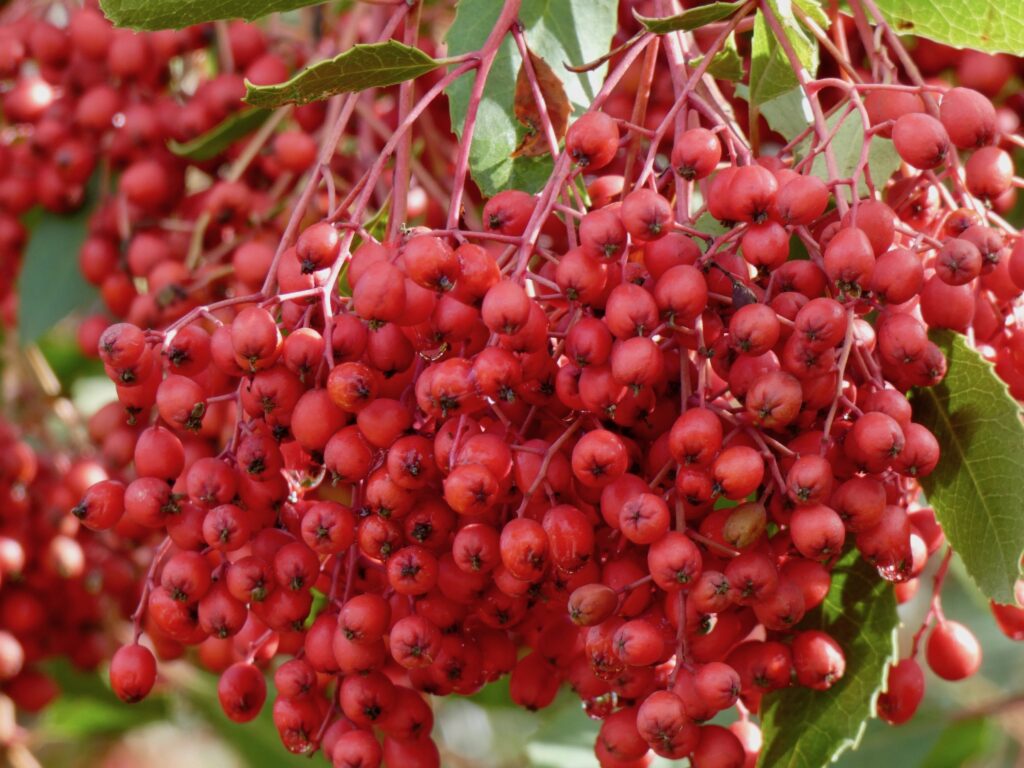
Native Plant Resources
- Judith Larner Lowry has written numerous books on gardening with native plants, and runs a native plant seed company: larnerseeds.com
- For more information on Las Pilitas Nursery, including an extensive online encyclopedia of native plants and a wide variety of hard-to-find native plant species: http://www.laspilitas.com
- The Santa Barbara Botanic Garden is arguably one of the best places in the world to learn about gardening with California native plants and to find gardening inspiration. A limited number of plants are offered for sale at http://www.sbbg.org
- The Theodore Payne Foundation in Sun Valley offers plants, classes, and expert advice: theodorepayne.org
- Matillija Nursery in Moorpark is worth the trek for native plants and expert advice on Santa Monica Mountain species from longtime former resident and nursery owner Bob Sussman: www.matilijanursery.com
- The Los Angeles Santa Monica Mountains chapter of the California Native Plant society offers a wealth of information, advice and guidance. They also offer Zoom classes https://lasmmcnps.org
Join the author, Suzanne Guldimann, for tips on propagating native plants from cuttings on the next episode of TNTV’s Backyard Bioblitz, Saturday, October 10, at 7 p.m. streaming on Facebook.com/TopangaNewTimes and then available on topanganewtimes.com/tntv!





